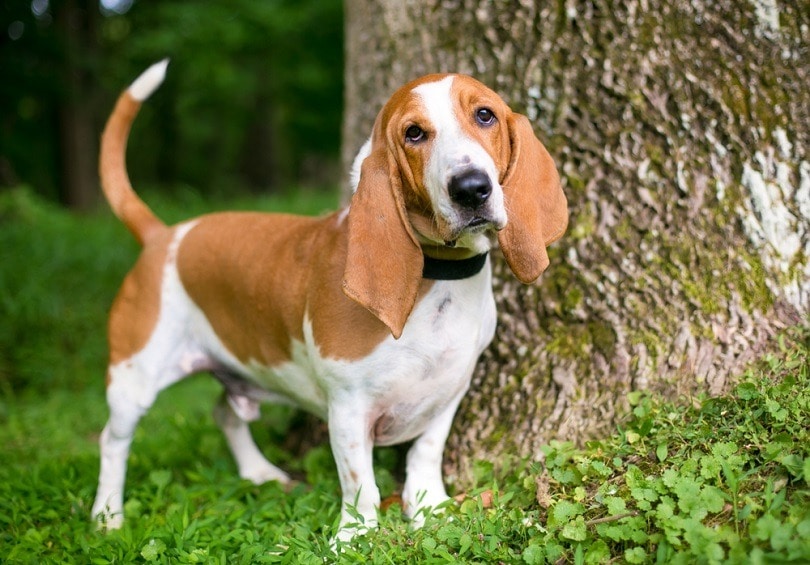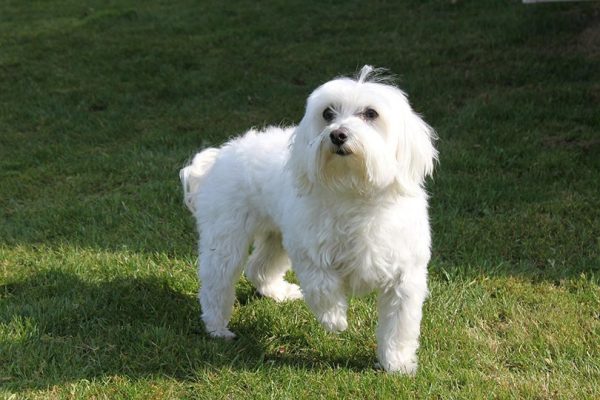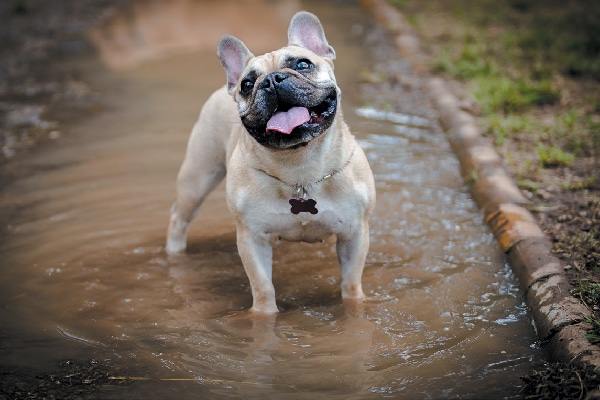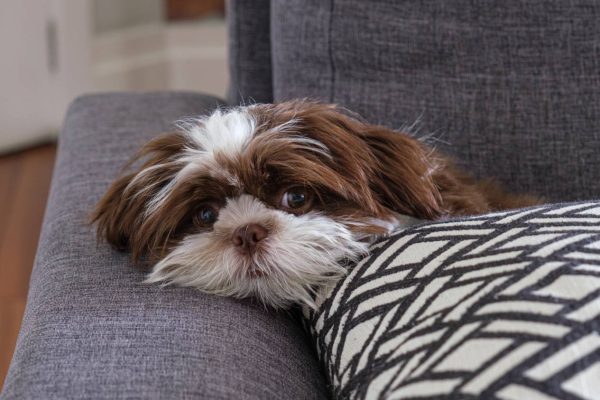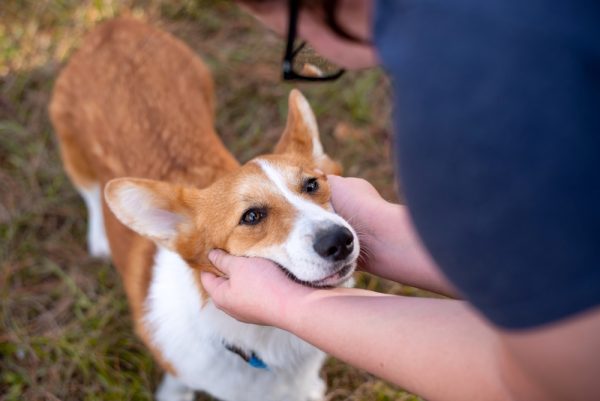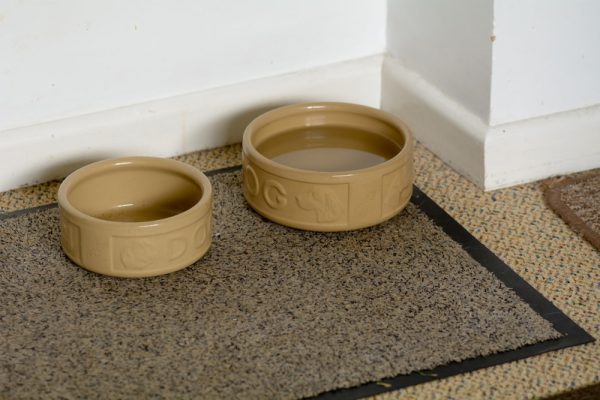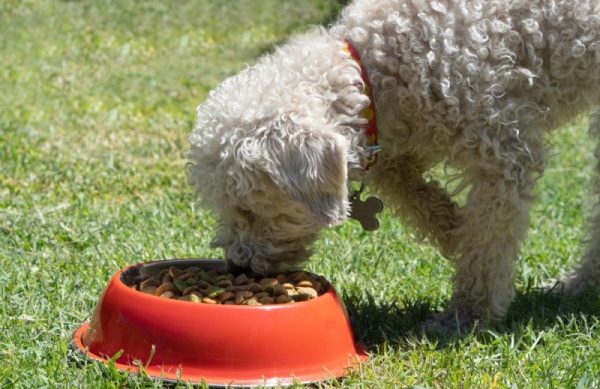In this article
Basset Hounds are a beloved breed of hunting dog known for their droopy ears, sad eyes, and playful personalities. They come in a range of different colors and patterns, ranging from the classic tri-color pattern to unique variations like lemon and white. In this guide, we will detail the standard colors designated by the American Kennel Club (AKC) and the many variations that exist outside of AKC standards.

The 10 Basset Hound Colors & Patterns
The 2 Standard Colors of Basset Hounds
According to the AKC, Basset Hounds come in two standard colors:
1. Tri-Color
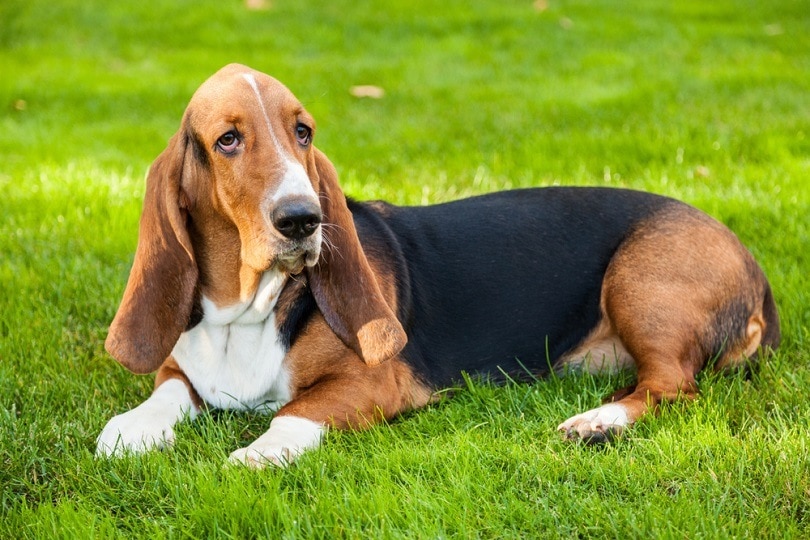
This is the most common color for Basset Hounds. It features a combination of black, white, and tan or mahogany, typically in a pattern where the black is the most prevalent color, followed by the white and then the tan or mahogany.
- Black, brown, and white
- Black, tan, and white
- Black, white, and brown
- Black, white, and tan
- Brown, black, and white
2. Bi-Color

This color pattern features a combination of white and any other solid color, such as lemon and white or red and white.
- Black and white
- Lemon and white
- Mahogany and white
- Red and white
The 8 Non-Standard Colors and Patterns of Basset Hounds
While the AKC only recognizes two standard colorations, Basset Hounds can come in a variety of other colors and patterns, although none of them are a single color. Here are some non-standard variations, but it can be hard to distinguish between these colors and patterns and the AKC standard ones:
- Black, red, and white: This tri-color pattern features a coat with black, red, and white markings.
- Tan and white: This pattern features a white coat with tan markings.
- Black and brown: This pattern features a black coat with brown markings.
- Brown and white: This pattern features a brown coat with white markings.
- White and lemon: Similar to lemon and white, but the colors are reversed with lemon being the more prominent.
- White, black, and red: This pattern features a red coat with white and black markings.
- Blue and white: This pattern features a blue or bluish-gray coat with white markings.
- White, black, and brown: This pattern features a tri-color coat with white, black, and brown markings.
It’s important to note that while some of these variations may be highly desirable to some people, they may not conform to the AKC standards.
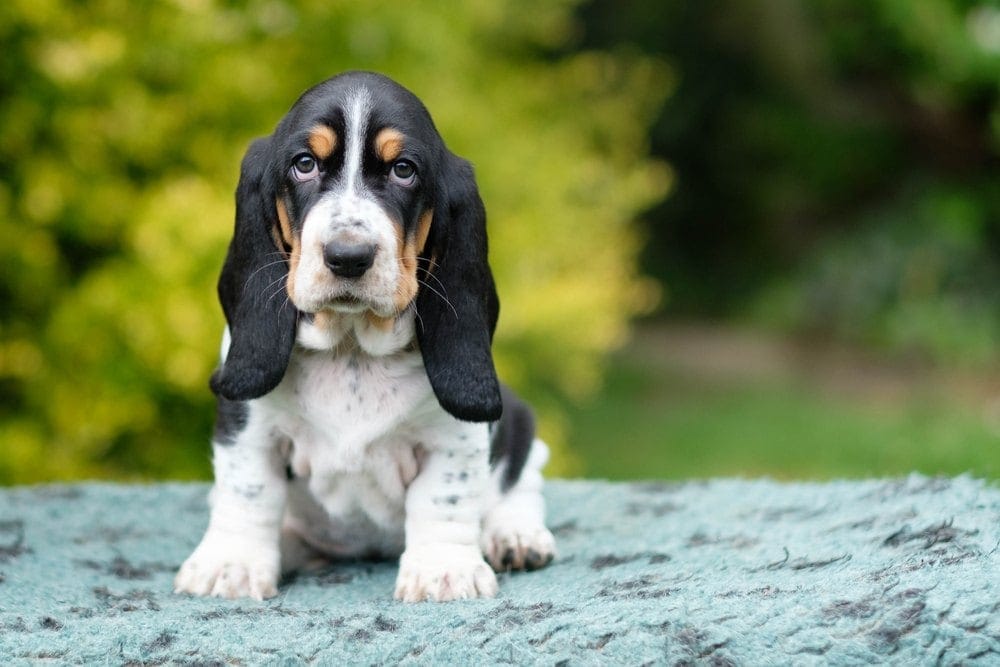

The Standard for Basset Hound Color
According to the AKC, only two color patterns are officially recognized: tri-color and bi-color. Tri-color features a combination of black, white, and tan or mahogany. Bicolor includes any combination of white with another color, such as lemon, red, black, brown, gray, blue, or tan. Non-standard variations can be found in other colors and patterns as well.
Genetics of Basset Hound Colors
The color of a Basset Hound is determined by a combination of genetic factors. The genes responsible for coat color and pattern are complex and can produce a range of variations, even within the same litter.
The most common coat colors in Basset Hounds are black, white, and tan.
- Agouti gene: This gene determines whether the dog will have a solid or patterned coat. A patterned coat occurs when different areas of the fur have different colors.
- Extension gene: This gene controls the distribution of black pigment in the fur.
- Brindle gene: This gene produces a tiger-stripe pattern in the fur.
Other genes that play a role in coat color include the Merle gene, which produces a mottled or speckled pattern, and the dilution gene, which produces a lighter version of coat color.
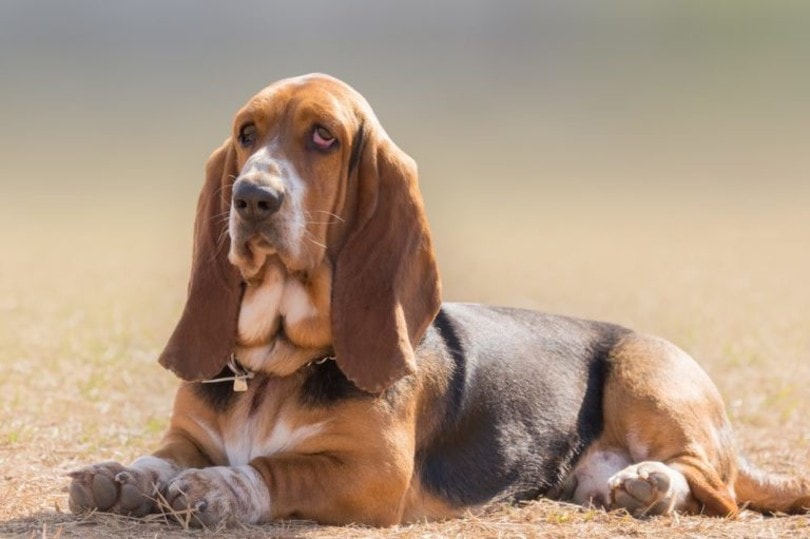
Which Colors and Patterns Are Common, and Which Are Rare?
The tri-color pattern is the most common color for Basset Hounds. Bi-color patterns, such as lemon and white, red and white, black and white, etc., are also relatively common.
More rare colors and patterns include mahogany and white, gray and white, blue and white, tan and white, or any combination of those colors. Genetically altered variations such as merle and brindle are also rarer than the standard colors.
Remember – Color and Pattern Aren’t the Only Important Traits
The Basset Hound is a beloved breed that has been a loyal companion for generations. While color and pattern are important considerations when choosing the right pup, they should not be the only factors taken into account. Make sure to research temperament, size, health concerns, and other traits before welcoming your new four-legged family member into your home. With their even temperaments, intelligence, and devotion to their owners, any style of Basset Hound makes a wonderful pet!
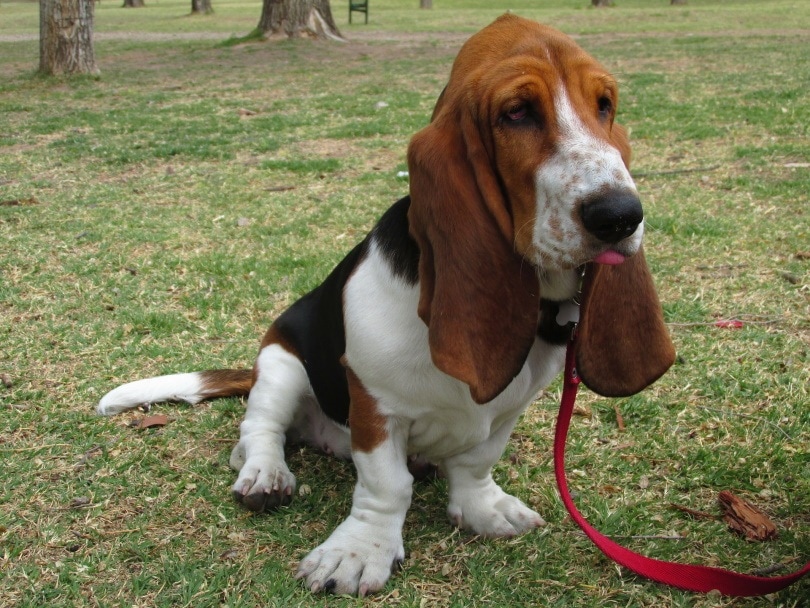
A Brief Description of the Basset Hound’s Coat
The Basset Hound’s coat is short and dense with a coarse texture. It is water-resistant and sheds moderately year-round. Regular brushing will help to keep its coat in good condition and minimize shedding. Overall, the Basset Hound has an attractive, low-maintenance coat that makes it a great companion for both active outdoor activities and laid-back lounging at home.
Are There Any Other Genetic Physical Traits?
In addition to coat color, the Basset Hound also has genetic traits that affect its physical appearance. These include an elongated body shape, drooping ears, and short legs. It is also known to have a distinctively deep bark. The Basset Hound’s long ears are prone to collecting dirt and debris, so it’s important to check their ears regularly for any signs of infection or irritation.

Is the Basset Hound a Good Family Pet?
Yes! The Basset Hound is a great family pet. Intelligent, loyal, and loving, it forms strong bonds with its owners and gets along well with children. It’s an excellent companion for outdoor activities such as walking or running but is equally happy to stay at home and relax in the company of its family. The Basset Hound’s low-maintenance coat makes it easy to care for, while their short legs make this dog a great choice for small homes or apartments where space may be limited. All in all, the Basset Hound is an ideal pet for people looking for an intelligent and loving four-legged friend that they can enjoy spending time with year-round.

Other FAQs About Basset Hounds
Q: What color are a Basset Hound’s eyes?
A: Basset Hounds typically have dark brown eyes, but some may have hazel or amber-colored eyes.
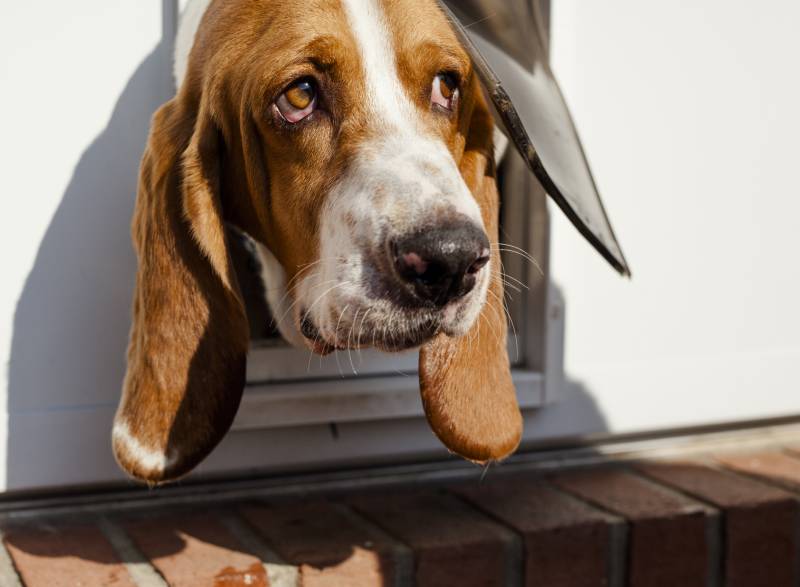
Q: What color is a Basset Hound’s nose?
A: The Basset Hound’s nose can vary in color from black to pink, depending on the coat color. Generally speaking, the darker the coat color, the darker the nose.
Q: What color are their nails?
A: The Basset Hound’s nails typically range in color from black to white and can be either solid or mottled.
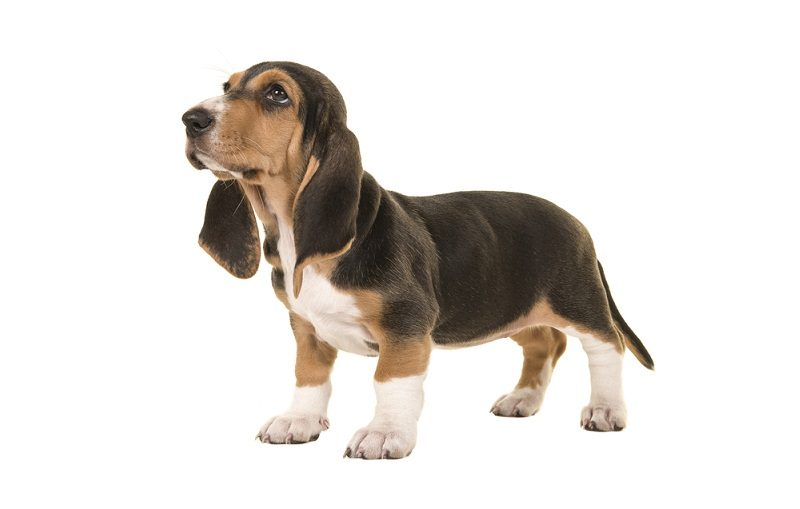
Q: Are all Basset Hounds born with their adult coat color?
A: No. The genes responsible for coat color can produce different variations even within the same litter. It may take several weeks for the puppy’s adult coat to develop its full color.
A: Yes. Some color patterns, such as the tri-color pattern, have been linked to an increased risk of genetic disorders such as deafness or spinal problems. It is important to ask your vet about potential health risks associated with certain colors and patterns when choosing a puppy. Additionally, white coat color can be more susceptible to sunburn, so it is important to protect these dogs from extended exposure to direct sunlight.
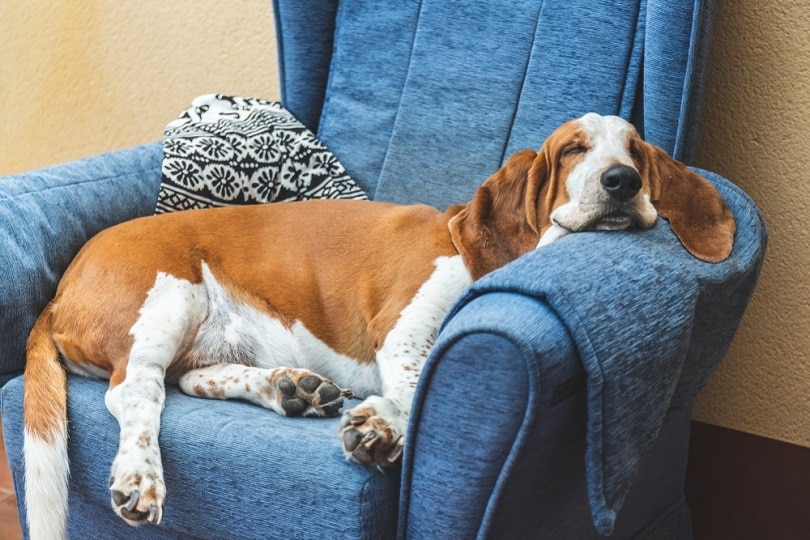

Conclusion
Basset Hounds come in a range of colors and patterns, from the standard tri-color and bi-color patterns to unique variations like lemon and white. These variations are determined by a combination of genetic factors, which can produce a range of outcomes even within the same litter. It’s important to note that while some colors and patterns may be highly sought after, they may not conform to the AKC standards. As always, it’s important to choose a reputable breeder who prioritizes ethical breeding and the health of their dogs above all else.
Featured Image Credit: Mary Swift, Shutterstock
